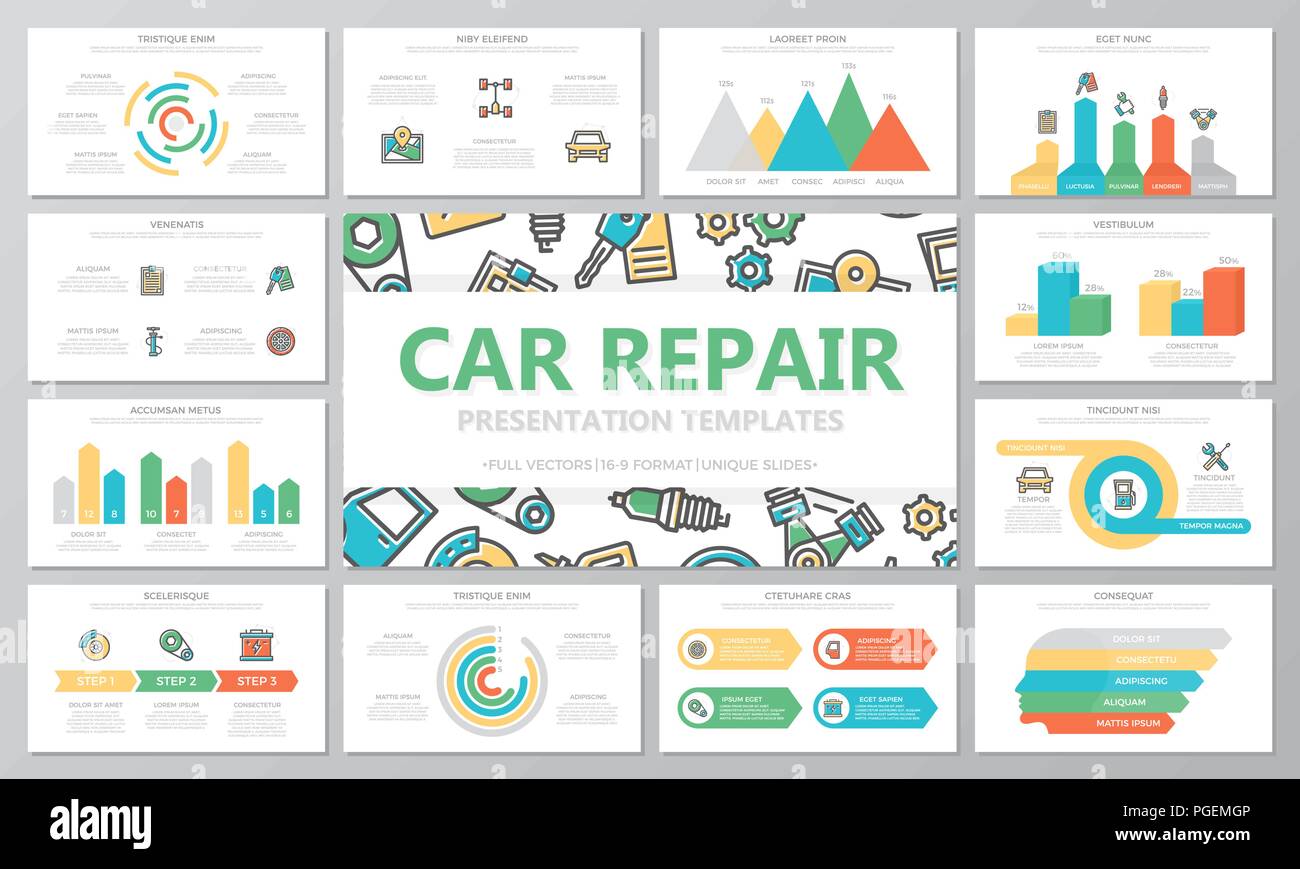Evaluating Your Auto'S Caution Indicators: What They Actually Share
Evaluating Your Auto'S Caution Indicators: What They Actually Share
Blog Article
Write-Up Composed By-Sykes Winters
When you lag the wheel, those beautiful warning lights on your control panel can be a bit bewildering. Do you know what they're attempting to tell you about your car's health and wellness? Understanding the significance of these lights is important for your safety and security and the longevity of your car. So, the following time one of those lights pops up, would not you want to analyze its message accurately and take the essential actions to address it?
Common Warning Lighting and Interpretations
Identify common caution lights in your car and comprehend their meanings to guarantee secure driving.
One of the most typical warning lights consist of the check engine light, which indicates problems with the engine or discharges system. If car detailing shops begins, it's crucial to have your automobile inspected without delay.
The oil pressure alerting light suggests reduced oil pressure, requiring prompt attention to avoid engine damage.
A flashing battery light might recommend a faulty billing system, possibly leaving you stranded if not dealt with.
Suggested Web page monitoring system (TPMS) light informs you to reduced tire stress, influencing vehicle security and fuel efficiency. Overlooking this can result in risky driving problems.
The abdominal muscle light indicates an issue with the anti-lock braking system, compromising your capacity to stop rapidly in emergencies.
Last but not least, the coolant temperature level advising light warns of engine overheating, which can result in extreme damages if not resolved quickly.
Understanding these typical caution lights will help you attend to concerns quickly and preserve secure driving conditions.
Importance of Prompt Interest
Recognizing the typical caution lights in your automobile is just the initial step; the value of without delay addressing these cautions can not be highlighted enough to ensure your safety on the road.
When a caution light brightens on your control panel, it's your car's method of communicating a possible issue that needs attention. Ignoring these cautions can bring about more serious troubles in the future, compromising your safety and security and possibly costing you more in repairs.
Trigger focus to cautioning lights can avoid failures and crashes. For example, a flashing check engine light could show a misfire that, if left ignored, could trigger damages to the catalytic converter. Resolving this promptly can save you from a costly repair service.
In a similar way, a brake system cautioning light may indicate low brake fluid or used brake pads, critical parts for your security when driving.
DIY Troubleshooting Tips
If you see a caution light on your control panel, there are a few do it yourself fixing tips you can try prior to looking for expert aid.
The primary step is to consult your cars and truck's manual to comprehend what the details warning light suggests. Occasionally the problem can be as simple as a loosened gas cap activating the check engine light. Tightening up the gas cap may resolve the trouble.
Another typical problem is a low battery, which can set off numerous advising lights. Inspecting https://ecutunecost83951.blogginaway.com/32709410/mobile-auto-describing-enhancing-your-lorry-s-appearance-on-the-go for corrosion and ensuring they're safe and secure may take care of the trouble.
If a warning light lingers, you can attempt resetting it by detaching the vehicle's battery for a couple of minutes and after that reconnecting it. In addition, checking your car's fluid degrees, such as oil, coolant, and brake liquid, can help troubleshoot alerting lights related to these systems.
https://brake-fluid-price51617.mdkblog.com/37872080/how-to-select-the-right-cars-and-truck-detailing-solution-for-your-needs , recognizing your automobile's caution lights is necessary for maintaining your vehicle running efficiently and safely. By immediately resolving these notifies and recognizing what they indicate, you can prevent pricey fixings and potential breakdowns.
Keep in mind to consult your auto's handbook for specific information on each alerting light and take action accordingly to make sure a trouble-free driving experience.
Remain informed, remain secure when driving!
